The Gear Motor is a compact yet powerful drive solution that integrates an electric motor with a precision gear reducer. This combination allows for reduced output speed and significantly increased torque, making it ideal for applications that require strong, controlled movement such as conveyor systems, lifting mechanisms, industrial mixers, and automated machinery.
At the rear, the electric motor—typically encased in a dark gray housing—can be either AC or DC powered, depending on your system requirements. It delivers the base rotational energy needed to drive mechanical components.
Connected to the motor is the gearbox, the larger and heavier front section of the unit. This component modifies the motor’s output by reducing its speed and multiplying its torque. As a result, the gear motor can handle heavier loads more efficiently than a standard motor alone, with greater precision and stability.
The output shaft, often marked by a bright color like orange for easy identification, is where the power exits the gear motor. It connects directly to the driven equipment, such as a conveyor belt, drive chain, or turntable. The shaft design ensures consistent power transfer and long-lasting operation under load.
Designed for durability and performance, gear motors are widely used in manufacturing, material handling, packaging, robotics, and other motion-intensive applications. They reduce the need for external gear assemblies, simplifying system design and saving space.
Key Features
-
Integrated Gearbox: Increases torque while reducing output speed.
-
High Torque Output: Ideal for demanding motion control applications.
-
Electric Motor: Reliable AC or DC motor in durable housing.
-
Output Shaft: Directly connects to the machinery being driven.
-
Compact Design: Saves space compared to separate motor and gearbox setups.
-
Wide Application Use: Suitable for conveyors, lifts, and automation systems.
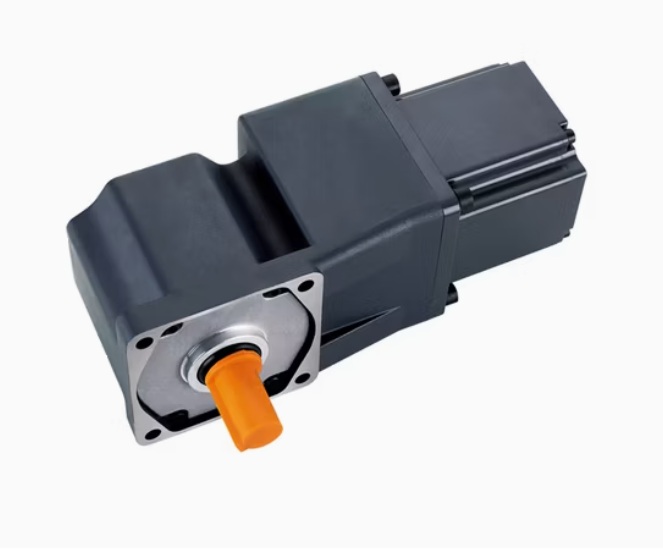
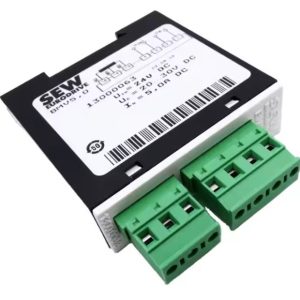
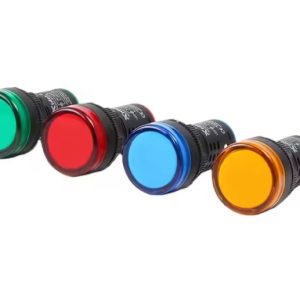
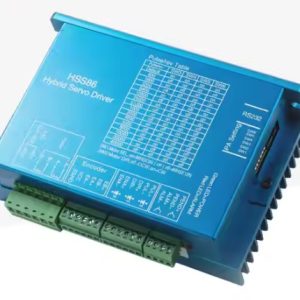
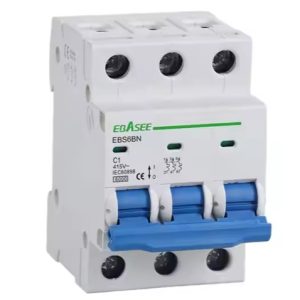
Reviews
There are no reviews yet.